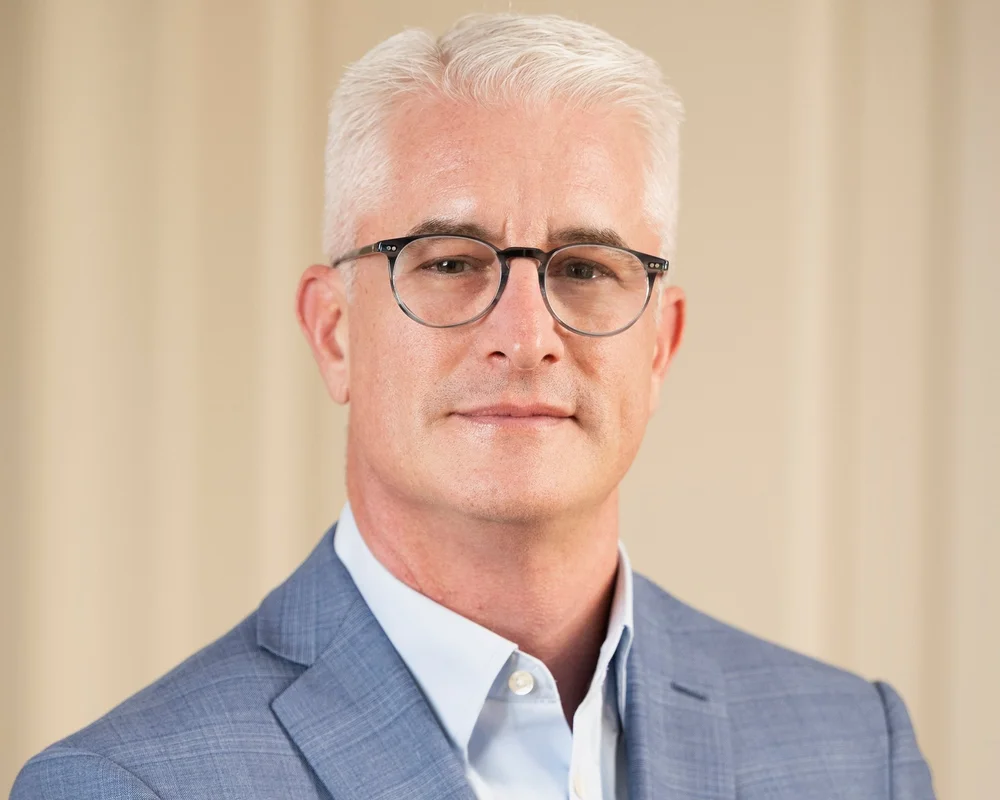This Industry Viewpoint was authored by Steven Raucher, co-founder and CEO of RapidDeploy
The commercial world continues to leap forward, driven by data and information in exciting and innovative ways, but the public safety industry – whose critical mission and need for reliability and resiliency often preclude taking a risk on new and exciting technology – has not kept pace. This is especially true for 9-1-1 response centers, where telecommunicators and first responders lack the most accurate and useful information to make decisions for the communities they serve at the time when it matters most.
The future of 9-1-1 relies on a unified critical response: the convergence of diverse technologies such as real-time cellphone data and GIS mapping data to enable telecommunications and first responders to best respond to emergencies. Contrary to the traditional unified communication structure, which relies on copper phone lines and aging radio technology, unified critical response is framed around a collaborative approach among call centers, first responders and communications technology providers, such as Apple and Google.
While the road to such widespread collaboration is not an easy one, the upside is significant. Implementing a large-scale unified critical response approach has the power to streamline data to emergency responders and ultimately save lives.
The Problem with Unified Communication Infrastructure
When the President’s Commission on Law Enforcement and Administration of Justice implemented a national emergency hotline in 1967, nobody could have predicted how advanced our technology would become. Now, households rely on wireless devices such as cellphones and IoT tech to reach emergency responders. When people call 9-1-1 services, there’s an inherent expectation that the operator will have the necessary technology to respond.
However, few people realize how disorganized the current 9-1-1 infrastructure is. While there are certainly standout examples of states and municipalities on the cutting edge of digital transformation, governments don’t tend to be quick-moving entities on innovation.
Most 9-1-1 centers, commonly referred to as public safety answering points (PSAPs), default to legacy systems, which are becoming increasingly difficult and costly to maintain. Instead of a seamless data flow among 9-1-1 infrastructure, such as cell towers, wireless devices, and 9-1-1 center technology, legacy systems fall back on traditional copper landline technology that’s based on land mobile radio technology.
Instead of leaning on this outdated technology, leveraging accurate and timely data analytics through cloud-based systems has the power to shorten response times, pinpoint trouble spots in real-time and simplify critical assessments, all while being less bulky and less expensive than traditional legacy systems. This type of unified critical response infrastructure turns every 9-1-1 center into a data-centric organization that has the necessary tools to best respond to any emergency situation.
Emergency response needs vary drastically across 9-1-1 centers. A center in the middle of a large city might have different processes and technology than that of a rural center. Outdated legacy systems don’t offer the ability to easily implement new integrations into 9-1-1 centers. Rural PSAPs often lack some factors that come with densely populated areas, such as a landmark to better identify a location or easy access to cellphone service. Cloud-based solutions offer an advantage when considering the details to best respond to emergencies because they allow each 9-1-1 center to customize its technology to suit the needs of its area.
The Future of Unified Critical Response
As 9-1-1 centers begin to see the need for more modern technology, many have recognized the value in having a data-driven, cloud-based system. Modern 9-1-1 platforms remove the potential for outdated server closet breakdowns, storage failures and dangerous delays. Cloud-based analytic solutions also update in real-time, giving 9-1-1 centers the most important, relevant data on demand.
Unifying the public safety workflow from the second a 9-1-1 call is placed to when the first responder arrives on scene enables the most effective, efficient emergency response. Unified critical response platforms have the ability to integrate real-time data, IoT emergency data, GIS technology and responder hardware and applications to bring together all the best-in-class infrastructure and networking capabilities in emergency response situations.
Take, for example, a call into a legacy-based 9-1-1 center. Standard-issue cellphone mapping using cell towers to estimate location is inexact. However, leveraging real-time location data from Apple, Google and other providers can create an integrated mapping solution that has the power to pinpoint a 911 caller before the call even connects to the PSAP. This cuts down time for telecommunicators, first responders, and the caller, all of whom rely on accurate and timely data in life-or-death situations.
Integrated platforms also have the potential to open communication into 9-1-1 centers from outside callers, such as two-way SMS or real-time video recording that transmits directly into the 9-1-1 center. This is an especially useful tool in situations where the caller may be unable to speak. This ability to bring in communications from outside callers opens the door to even more innovative life-saving technologies.
Unified critical response integrations are the future of the emergency response industry. About 240 million phone calls are placed to 9-1-1 centers every year. No longer can the industry crawl toward technological innovation. Cloud-based technology enables unified critical response by allowing 9-1-1 centers to optimize their data through partner integrations. Arming telecommunicators and first responders with accessible and timely information is the first and most important step toward saving lives.
 About Steven Raucher:
About Steven Raucher:
Before working in public safety, Steven had a 20-year career in the banking sector, where he was involved in IT programming — designing trading systems and living between New York and London. In 2015, after suffering a personal tragedy, Steven trained to become a first responder. He wanted to help others on the front line. Not long afterward, he jumped at the opportunity to become CEO of RapidDeploy. He has been traveling the world and showcasing RapidDeploy’s incredible public safety solution ever since.
If you haven't already, please take our Reader Survey! Just 3 questions to help us better understand who is reading Telecom Ramblings so we can serve you better!
Categories: Industry Viewpoint · Unified Communications · VoIP






911 in the cloud?
*barf*